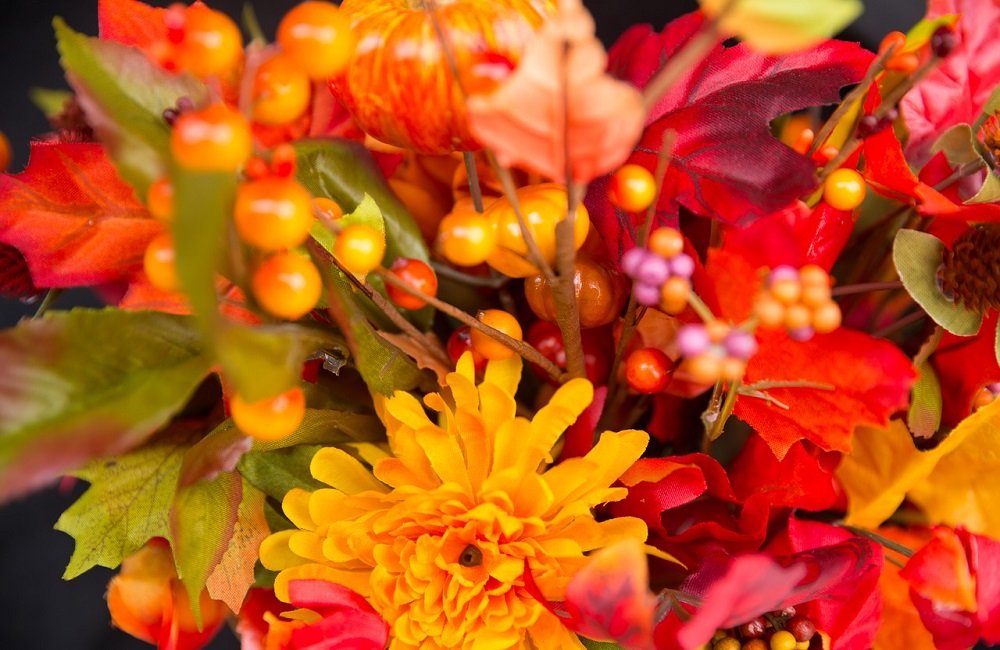Gardening
20 Fall Flowers to Plant for Autumnal Color
When your summer blooms fade and the weather cools, you can add vibrant fall flowers to your garden. Choosing hardy annual and perennial flowers and blooming shrubs adds additional interest, even though trees with vibrant fall foliage are a valued component of the autumn scene.
Any garden style can benefit from the variety of colors, shapes, and sizes of fall flowers. Additionally, there are several fall flower pots you may grow on your front porch if you enjoy container gardening. Make wise choices to choose flowers that bloom in your location from the start of fall until the first frost of winter.
Popular fall-blooming flowers include violas, dahlias, hydrangeas, mums, sunflowers, and black-eyed Susans, but there are other possibilities as well. To keep your landscape flowering into autumn, try these 20 fall flowers.
Mums (Chrysanthemum spp.)
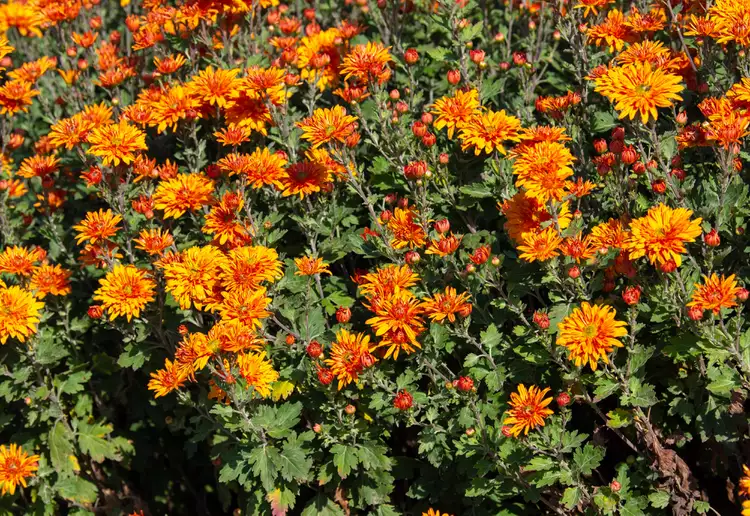
Chrysanthemums are a staple in fall gardens thanks to their vibrant colors and long blooming season. These flowers usually begin to bloom in September and last until the first frost. For optimal results, choose plants that are just starting to bud when planting in the fall. Keep the soil consistently moist but not waterlogged to encourage healthy blooms.
Pot Marigold (Calendula officinalis)
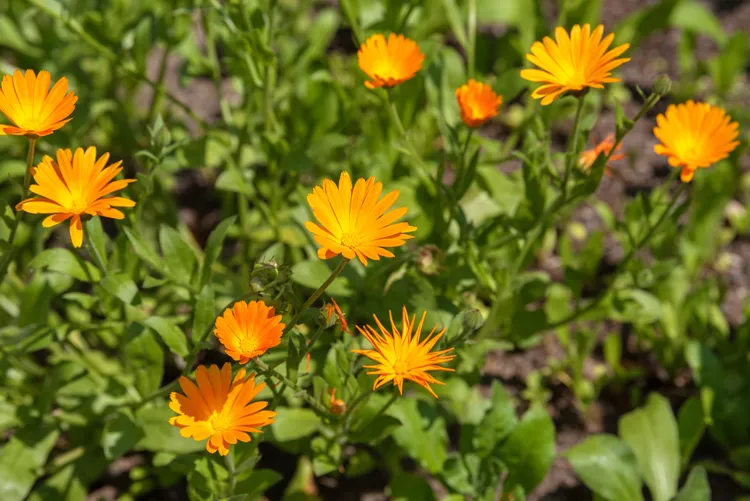
Calendulas are bright and cheerful flowers that can bloom from late spring through the fall with regular deadheading. Their daisy-like flowers typically come in shades of yellow and orange. While often treated as annuals, they may self-seed in the garden, making them a reliable addition year after year.
Red Salvia (Salvia splendens)
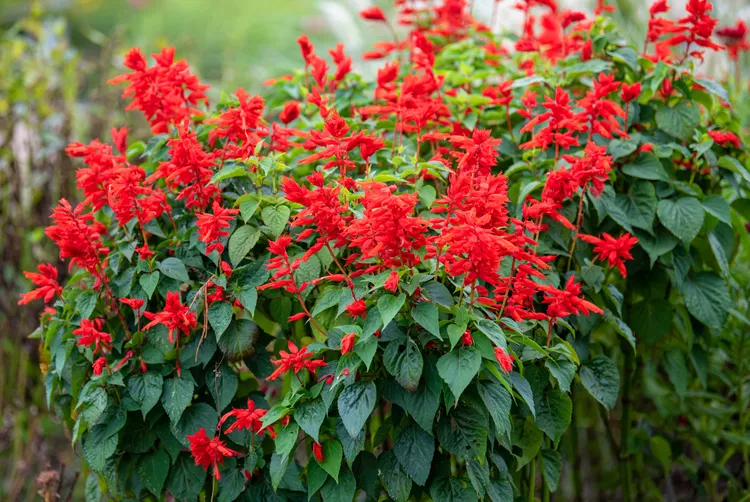
Also known as scarlet sage, red salvia produces vivid red flower spikes that bloom from early summer into fall. This plant is often grown as an annual in cooler climates. In warmer regions, you can pot the plant and bring it indoors during colder months to enjoy its color for a longer period.
Sweet Alyssum (Lobularia maritima)
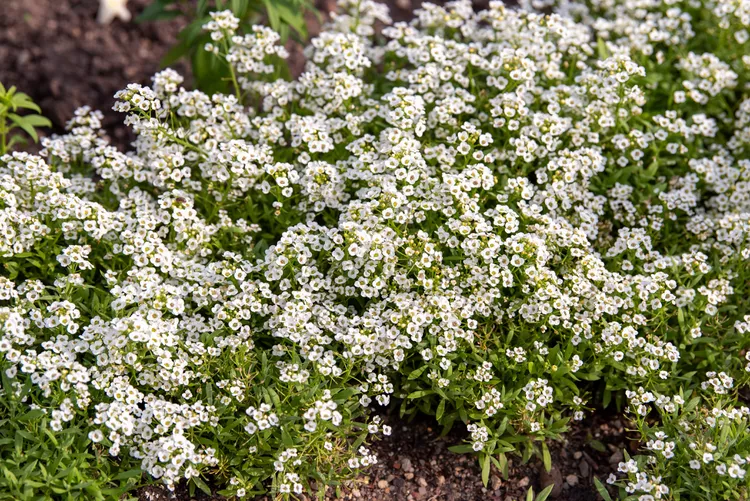
Sweet alyssum is known for its clusters of fragrant, delicate flowers and mounding growth habit. It blooms in the spring, may fade during hot summer months, but often re-blooms when cooler temperatures return in the fall. Cutting the plant back in summer encourages new growth and a second flush of blooms.
Nasturtium (Tropaeolum spp.)
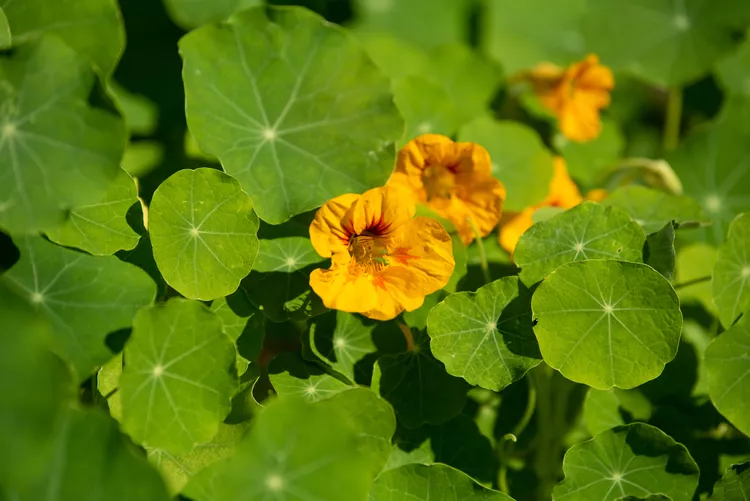
Nasturtiums are colorful and versatile, available in trailing, climbing, or bushy forms. They typically bloom from early summer through early fall. These low-maintenance plants thrive in well-drained soil and benefit from occasional watering during dry spells.
Violet (Viola spp.)
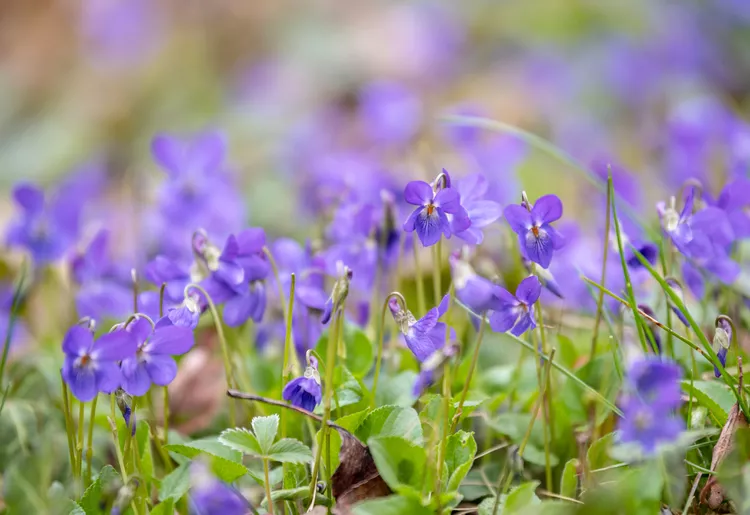
Violets are compact plants known for their bright five-petaled flowers. They may struggle during hot summer months but often return in the fall with fresh blooms. Applying a slow-release fertilizer in late summer can promote a second round of flowering.
Snapdragon (Antirrhinum majus)
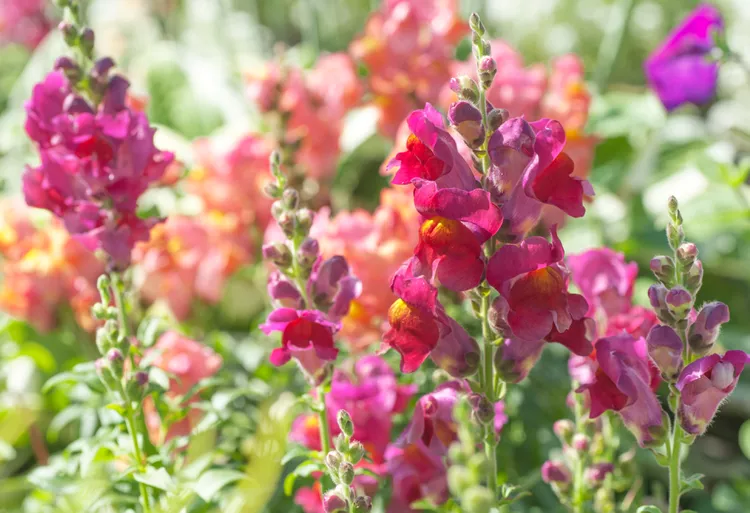
Snapdragons are cool-season favorites that can bloom from spring through fall in temperate areas. In regions with hot summers, flowering may pause but resume once the temperatures drop. Their uniquely shaped flowers add texture and height to fall garden beds.
Cockscomb (Celosia argentea)
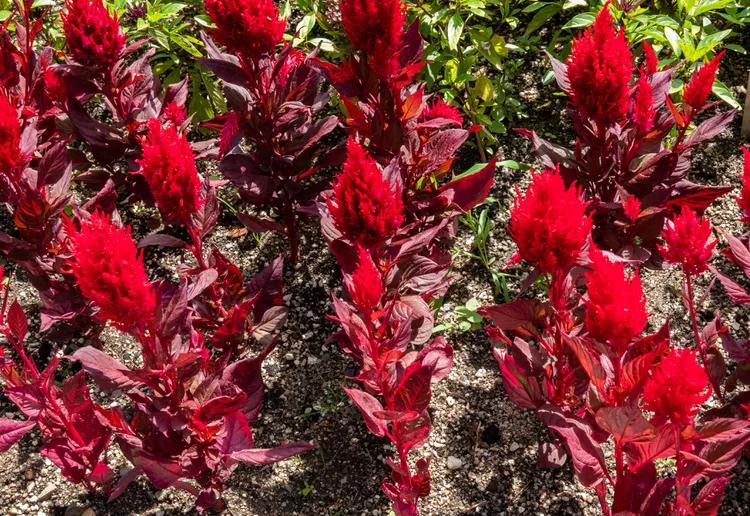
Cockscomb adds dramatic color and texture to fall displays with its feather-like flower clusters. These annuals can reach heights of 4 to 10 inches and are ideal for adding vibrant red, orange, and burgundy hues to the garden. Start seeds indoors for earlier blooms.
New England Asters (Symphyotrichum novae-angliae)
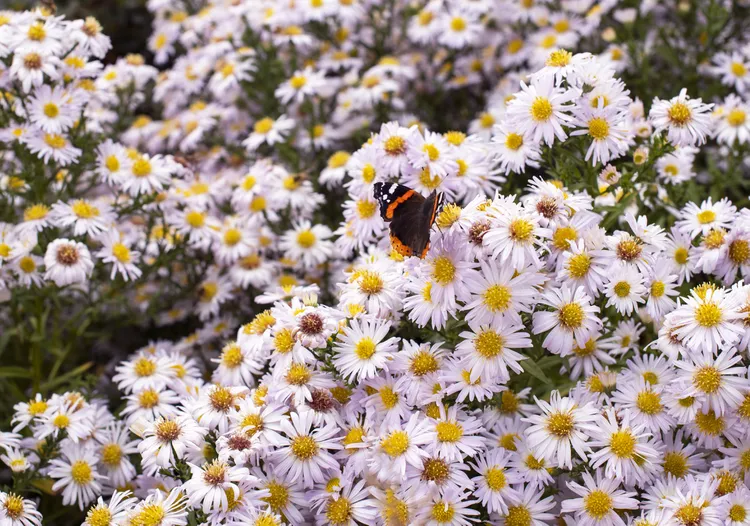
These asters provide a burst of color in late summer and early fall. The daisy-like blooms come in shades of pink and purple and are attractive to pollinators. Leave flower heads on the plant to allow self-seeding, or trim for a tidier appearance.
Nippon Daisy (Nipponanthemum nipponicum)
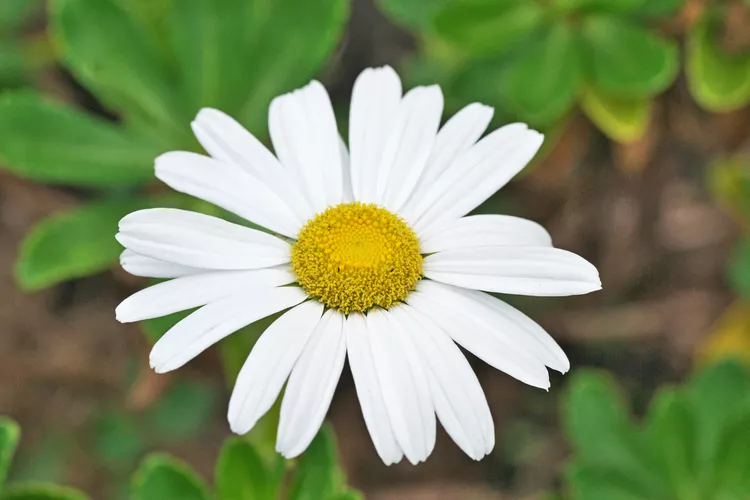
Also called Montauk daisy, this plant features crisp white petals and green centers. The flowers are long-lasting and work well as cut blooms. Regular deadheading can extend the blooming period into fall. Plant early in the season for best results.
Goldenrod (Solidago spp.)
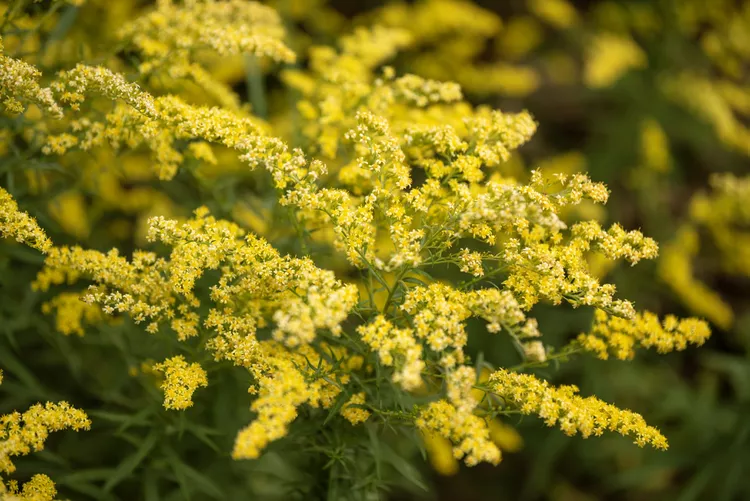
Goldenrod offers bright yellow flower clusters that bloom in mid to late summer through fall. These perennials attract pollinators and can add height to garden beds. Deadheading can extend the flowering period, and the plant does well when started in spring or fall.
Joe Pye Weed (Eutrochium purpureum)
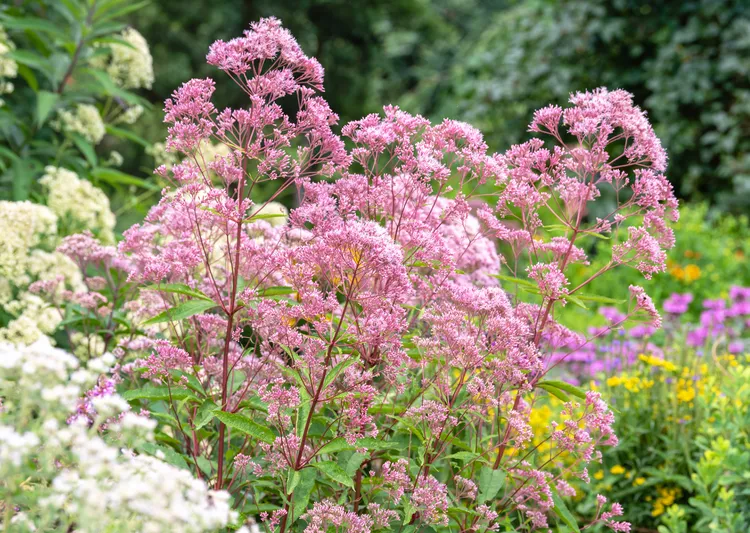
Joe Pye weed features clusters of tiny, fragrant flowers in shades of pink or mauve. It’s a tall perennial ideal for adding height and fall interest to gardens. Cut plants to the ground in winter to encourage strong growth in the next season.
Bluebeard (Caryopteris × clandonensis)
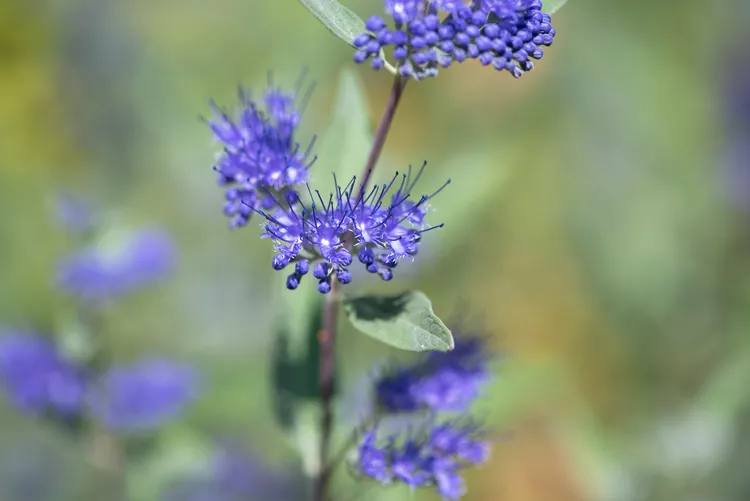
Bluebeard, or blue mist, is a small shrub with clusters of tiny blue to purple flowers. It blooms from midsummer into fall and thrives in well-drained soil with plenty of sun. Its aromatic foliage and mist-like flowers add softness to garden designs.
Autumn Joy Stonecrop (Hylotelephium telephium ‘Herbstfreude’)
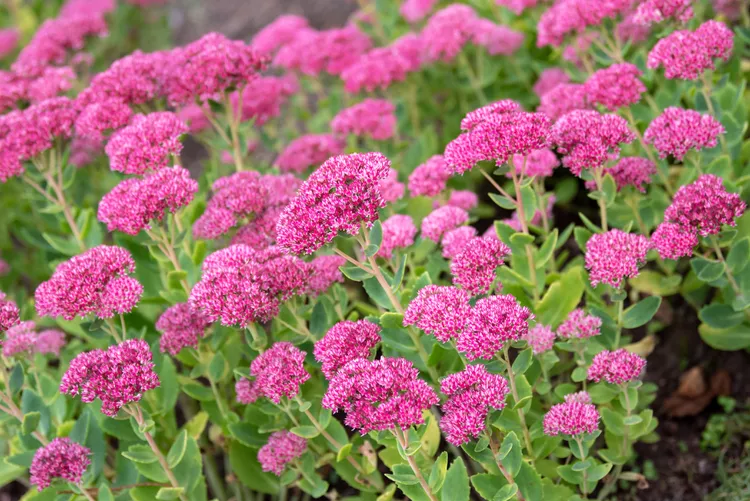
‘Autumn Joy’ is a resilient, low-maintenance plant that thrives in a variety of soils, especially those with good drainage. Its star-shaped flowers begin pink and mature to a deep red in fall. Pinch back in spring to promote a bushier shape.
Autumn Crocus (Colchicum autumnale)
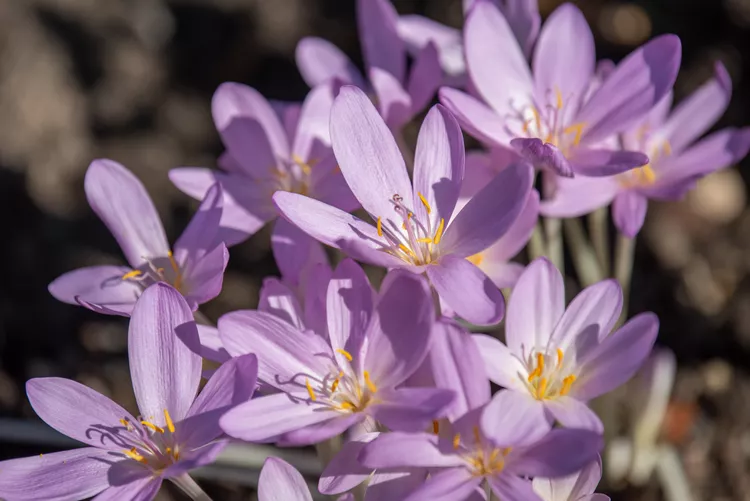
The autumn crocus sends up flowers in the fall after its spring foliage has died back. Plant bulbs in well-drained soil in late summer. Its delicate blooms appear on bare stems and add subtle color to fall landscapes.
Russian Sage (Perovskia atriplicifolia)
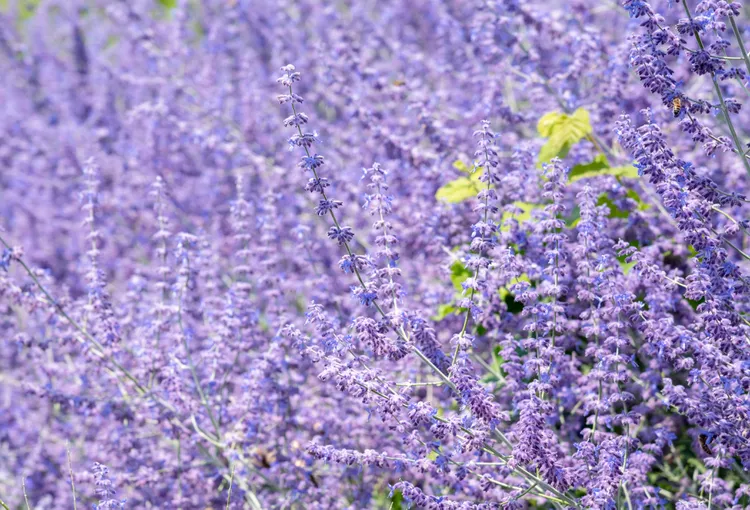
Russian sage is a sun-loving perennial that produces long-lasting purple flowers and aromatic gray-green foliage. It blooms from mid-summer into fall and should be cut back in early spring to maintain shape and vigor.
Sunflower (Helianthus annuus)
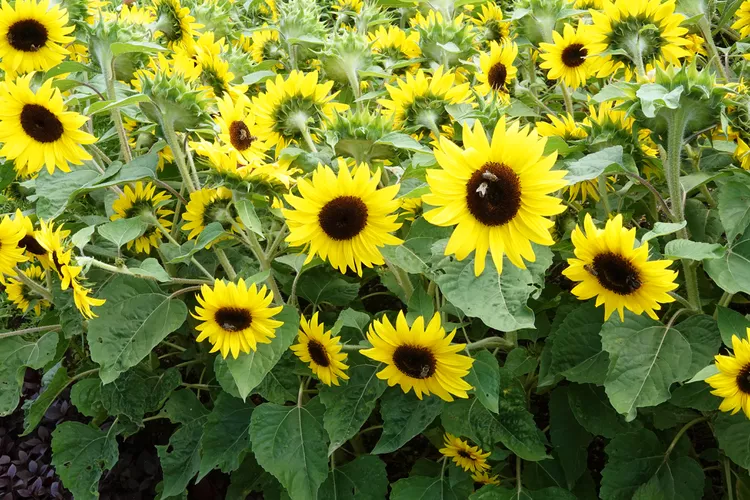
Sunflowers are a classic garden favorite with large, sunny blooms that can last into fall. Different varieties bloom at different times, and many continue blooming until the first frost. Harvest seeds in the fall to save for next season.
Sneezeweed (Helenium autumnale)
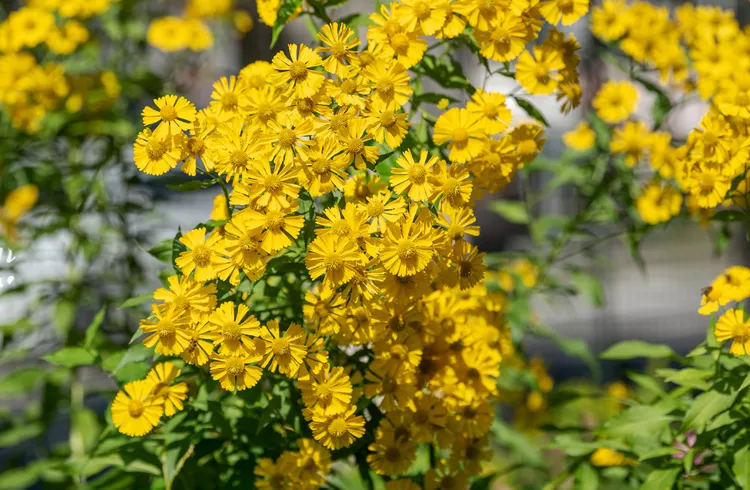
Sneezeweed offers bright, daisy-like flowers in shades of yellow, orange, and red. Prune the plant several weeks before it blooms to promote branching and increase the number of flowers in fall.
Petunia (Petunia spp.)

Petunias are often grown as annuals and known for their large, trumpet-shaped flowers. If blooms slow in summer heat, cutting the plant back can encourage new fall growth. They come in a wide range of colors to suit any garden style.
Blanket Flower (Gaillardia x Grandiflora)
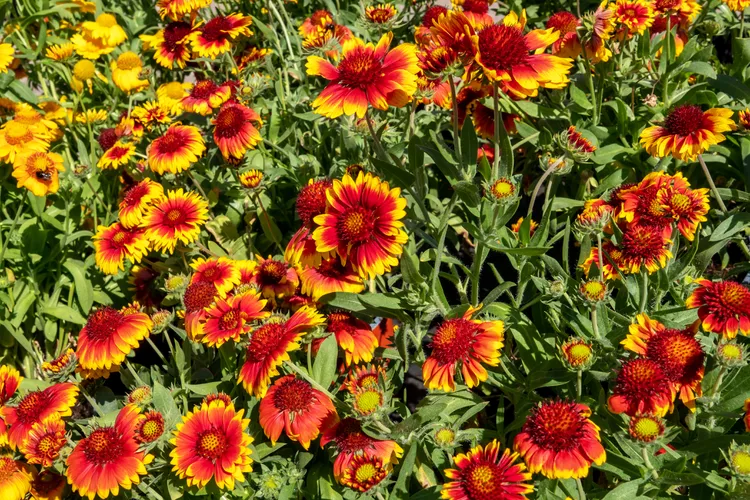
Blanket flowers produce bold, daisy-like flowers in red, yellow, and orange hues. They are fast-growing perennials that benefit from cutting back in the summer to promote additional blooming into fall.

